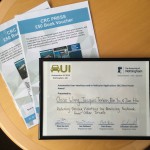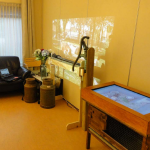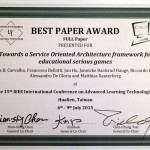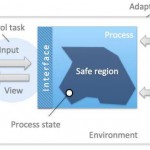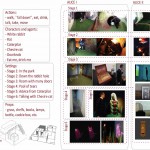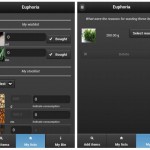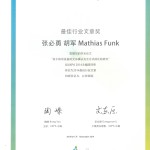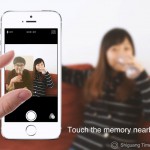There are currently a number of models, frameworks and methodologies for serious games analysis and design that provide useful interpretations of the possibilities and limitations offered by serious games. However, these tools focus mostly on high-level aspects and requirements and do not help understand how such high-level requirements can be concretely satisfied. In this paper, we present a conceptual model, called Activity Theory-based Model of Serious Games (ATMSG), that aims to fill this gap. ATMSG supports a systematic and detailed representation of educational serious games, depicting the ways that game elements are connected to each other throughout the game, and how these elements contribute to the achievement of the desired pedagogical goals. Three evaluation studies indicate that ATMSG helped participants, particularly those with gaming experience, identify and understand the roles of each component in the game and recognize the game’s educational objectives.
FULLTEXT: PDF REFERENCE: BibTeX EndNote
DOI: 10.1016/j.entcom.2014.11.001
